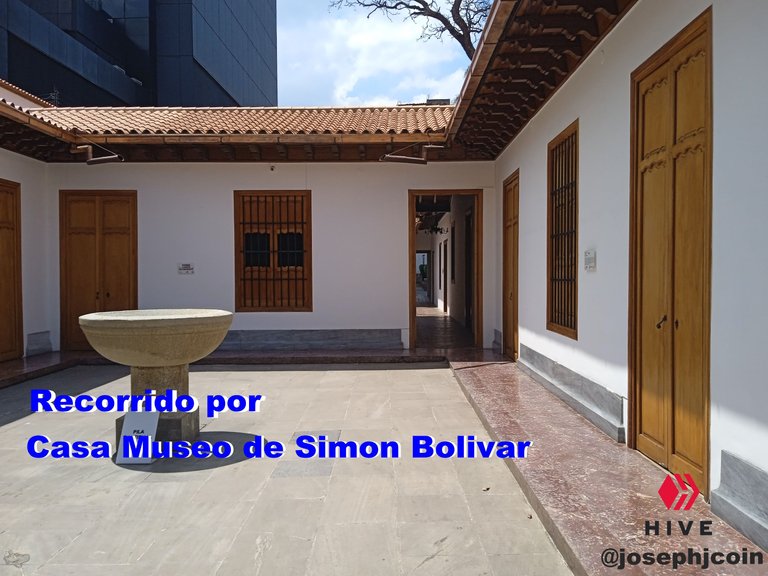
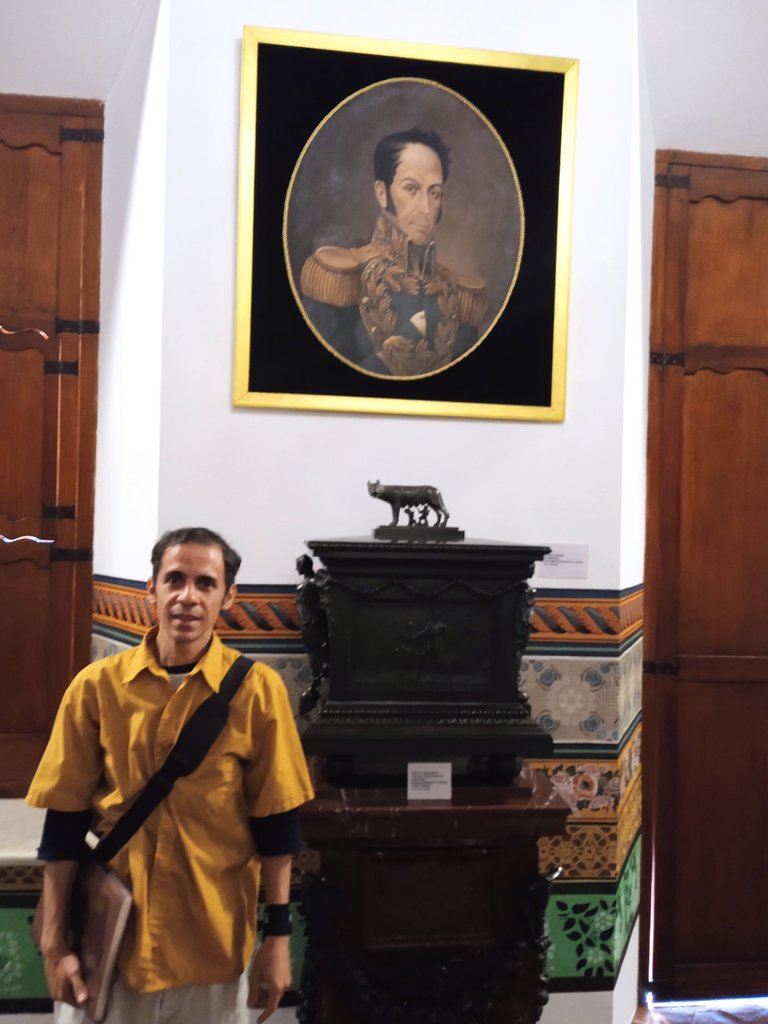 Yo en la foto/ Me in the picture
Yo en la foto/ Me in the picture
Durante el recorrido están unos guías que explican algo de historia y de cada espacio de la casa donde explica a los visitantes algo de historia de como se vivió y quienes la habitaron la casa ,se puede apreciar algunas pinturas y cuadros de la vida y obra del de Simón José Antonio de la Santísima Trinidad Bolívar Ponte y Palacios Blanco, más conocido como Simón Bolívar o el Libertador quien fue un libertador de 5 países en Sur America lejano hacia un legado histórico en America
During the tour some guides explain some history and each space of the house where they explain to visitors some history of how the house was lived and who lived in it, you can see some paintings and pictures of the life and work of the by Simón José Antonio de la Santísima Trinidad Bolívar Ponte y Palacios Blanco, better known as Simón Bolívar or the Liberator who was a liberator of 5 countries in South America far away towards a historical legacy in America
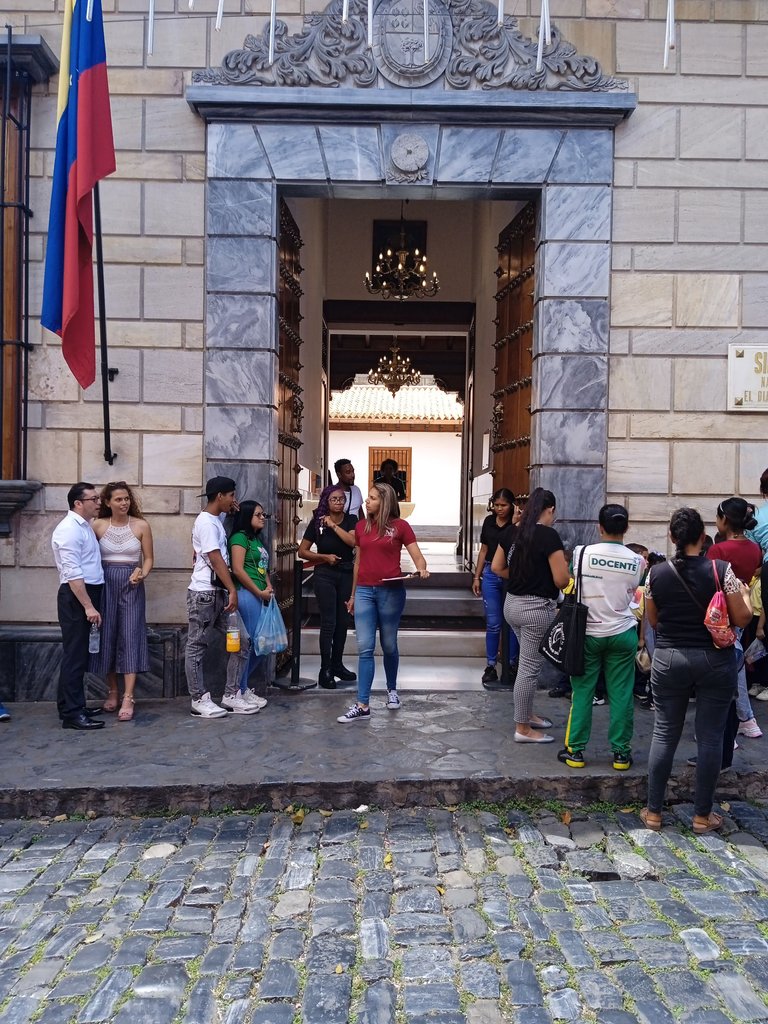
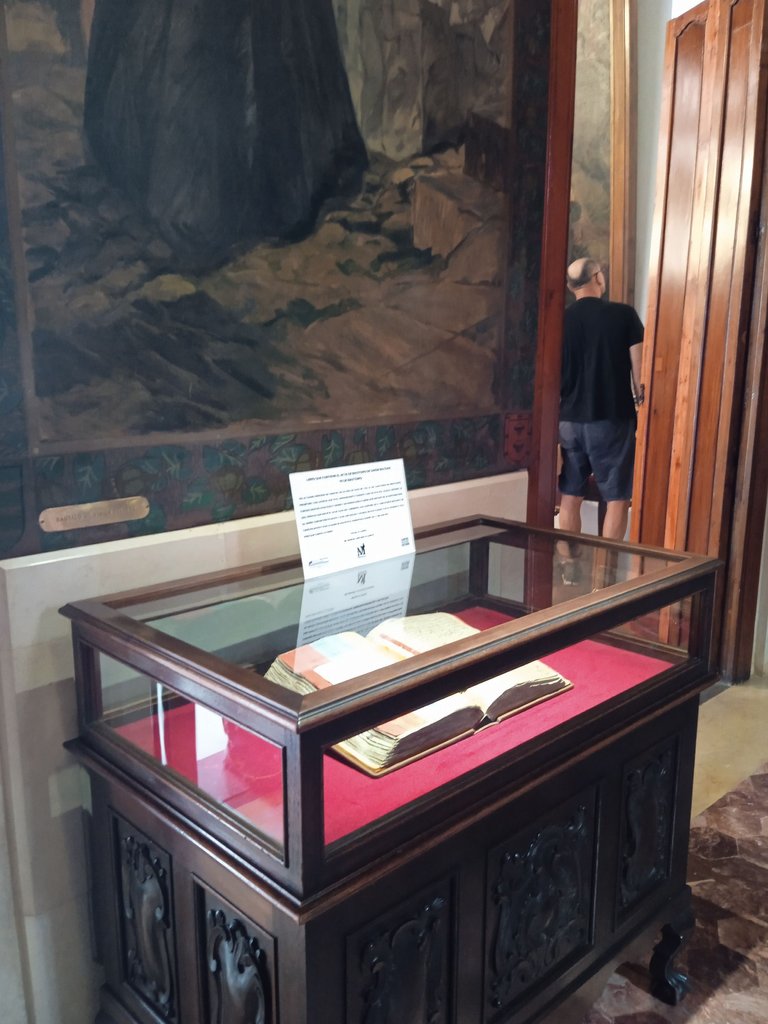

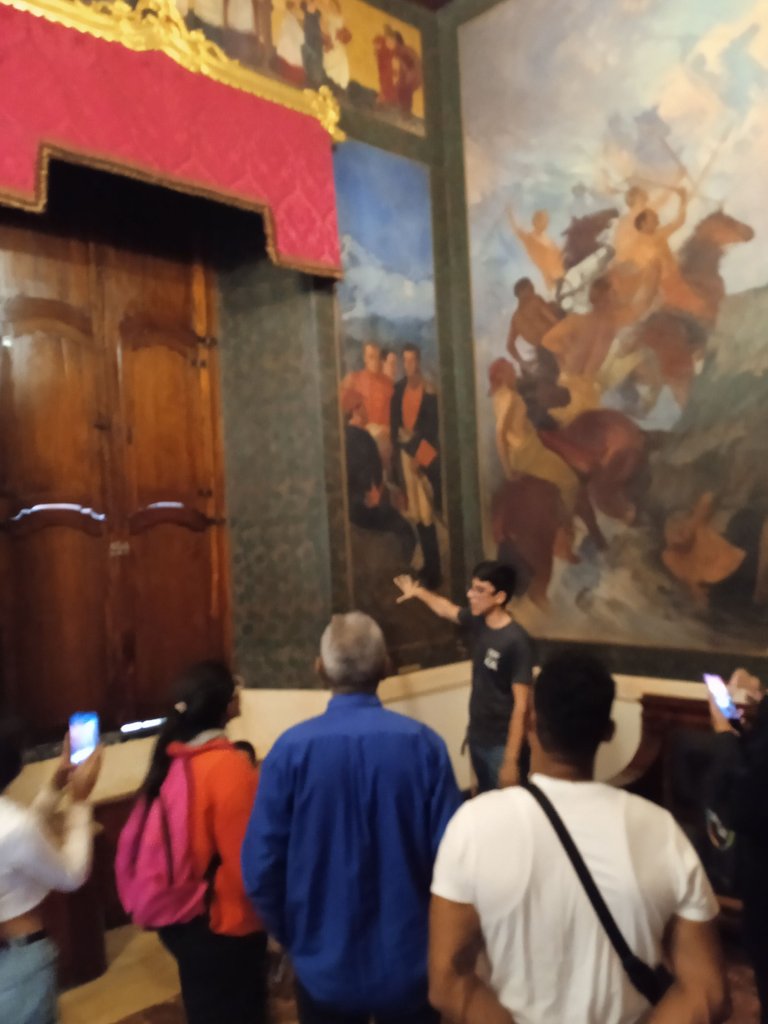
Al entrar van pasando de 15 personas y cada recorrido toma como media hora comenzando por algunos salones o habitaciones donde dormían algunos miembros de la familia, estas personas eran familiares de Bolivar cuando eran un recién un niño y su nacimiento fue el 24 de Julio de 1783.
Upon entering, there are more than 15 people and each tour takes about half an hour, starting with some living rooms or rooms where some family members slept. These people were relatives of Bolivar when they were just a child and his birth was on July 24, 1783
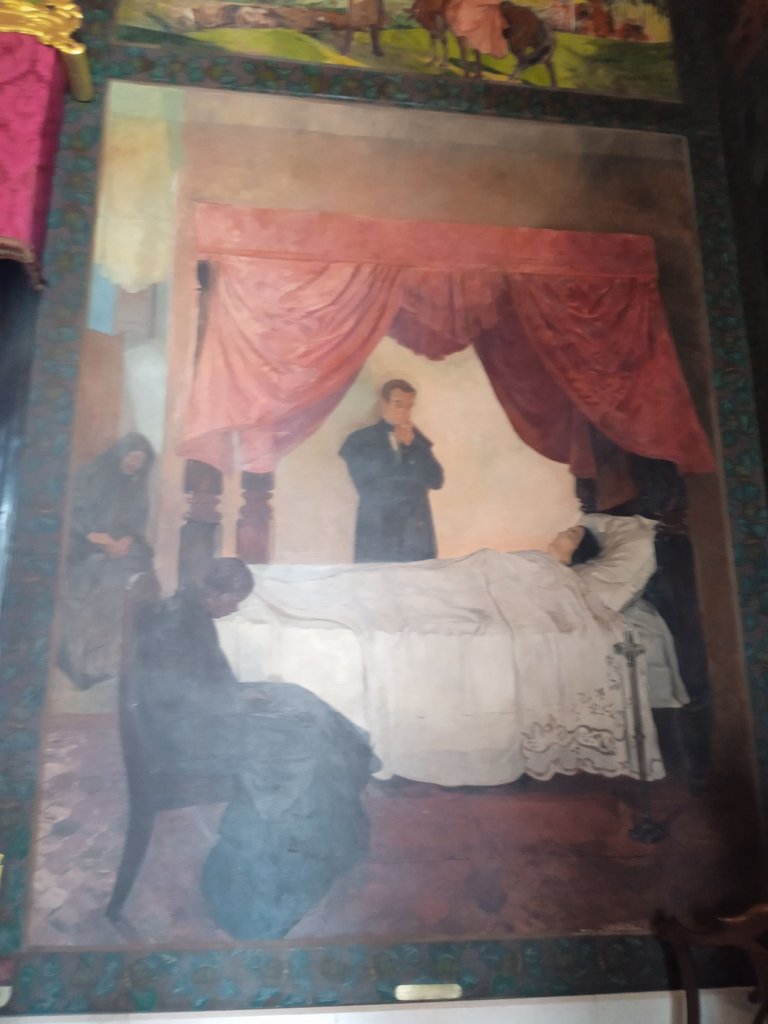
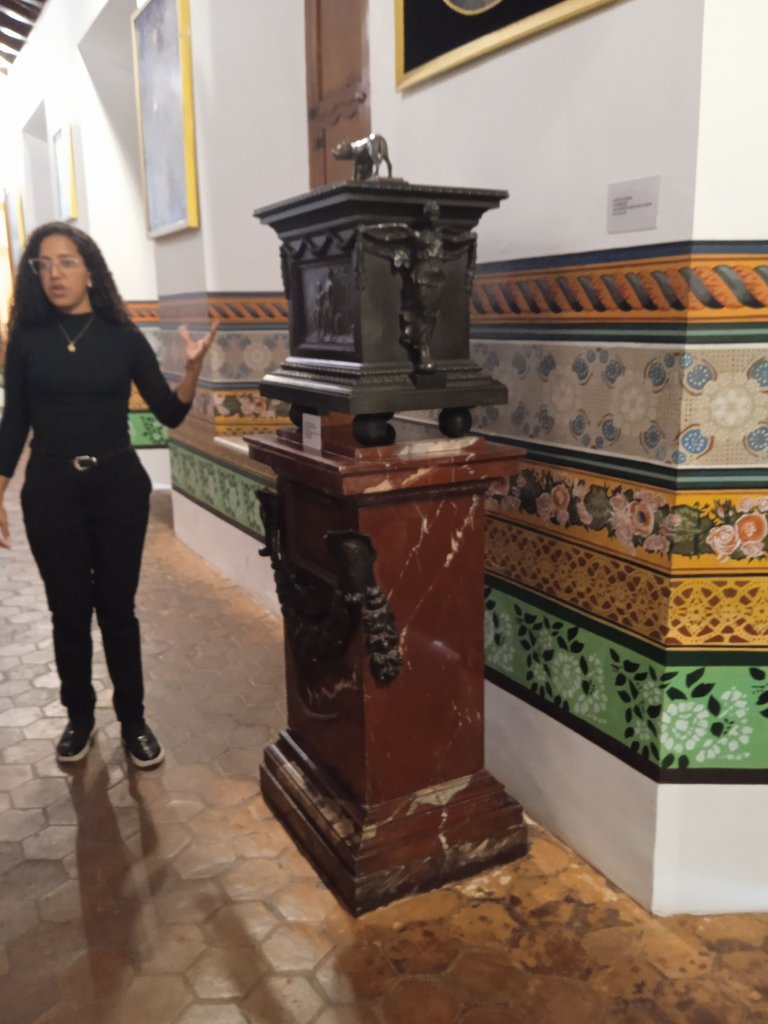
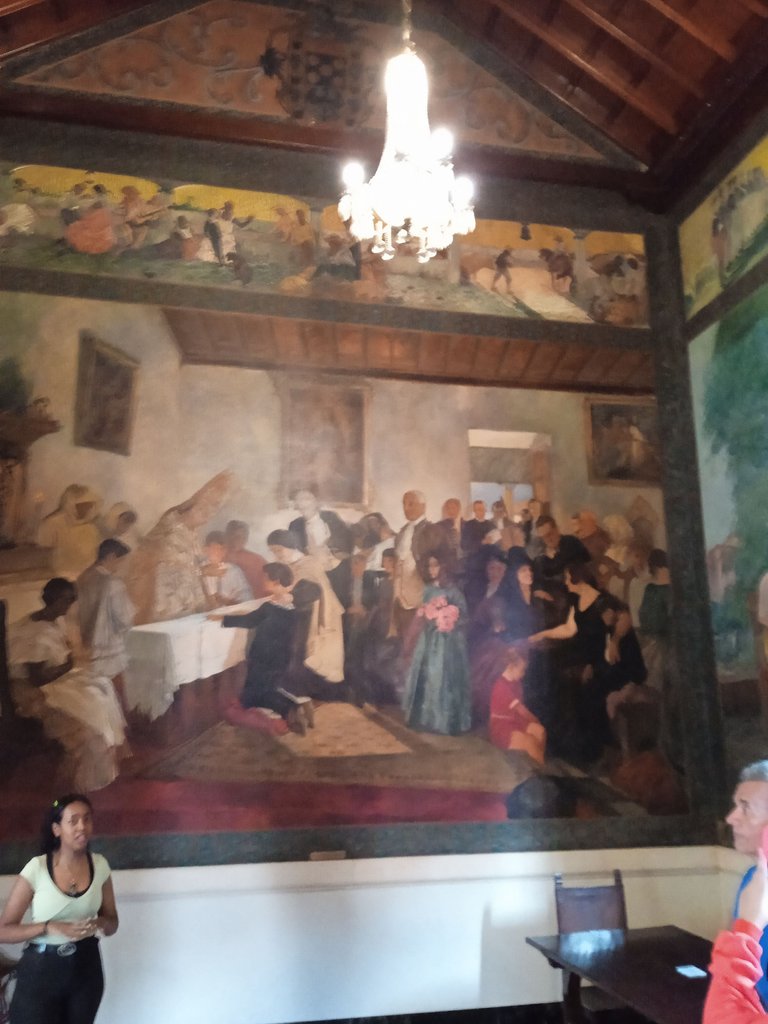
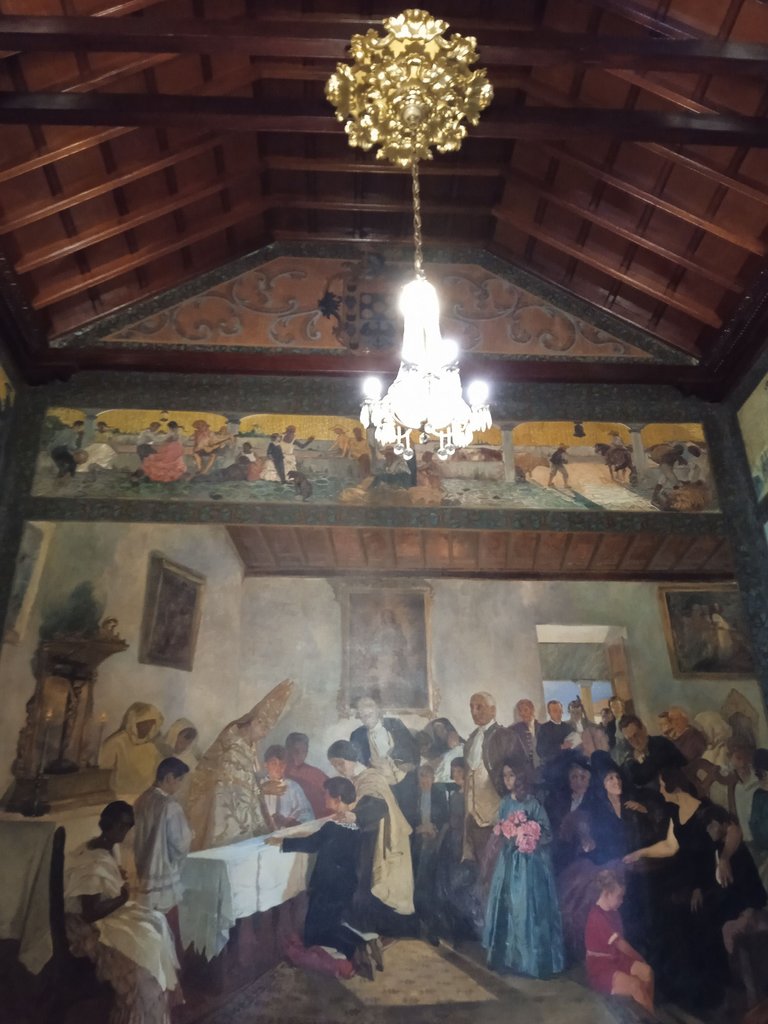
Durante el recorrido van cambiando de Guías explicando un poco de historia y atravez de los cuadros podemos apreciar lo que fuero la vida de Simon Bolivar y también de sus familiares y personas mas influyentes en su vida como en esta habitación llamada la habitaciones de los Damas que serian mujeres familiares de Bolivar como sus hermanas y parientes.
During the tour, they change Guides explaining a little history and through the paintings, we can appreciate what Simon Bolivar's life was like and his relatives and the most influential people in his life like in this room called the Damas que rooms. They would be women familiar to Bolivar like his sisters and relatives.
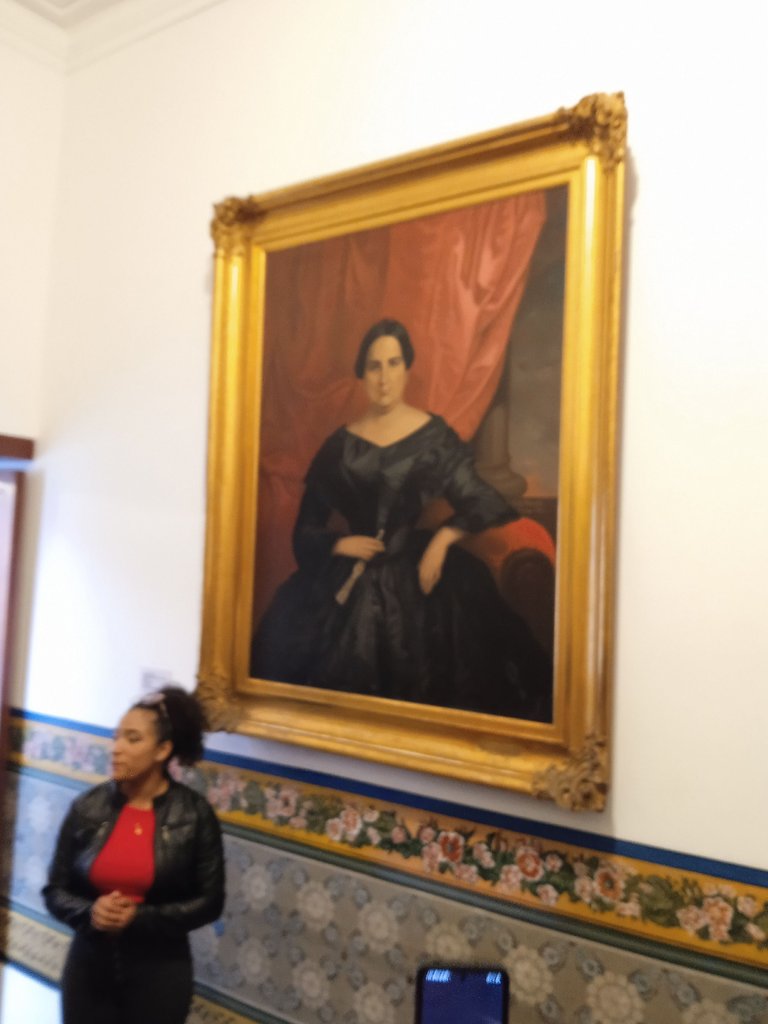
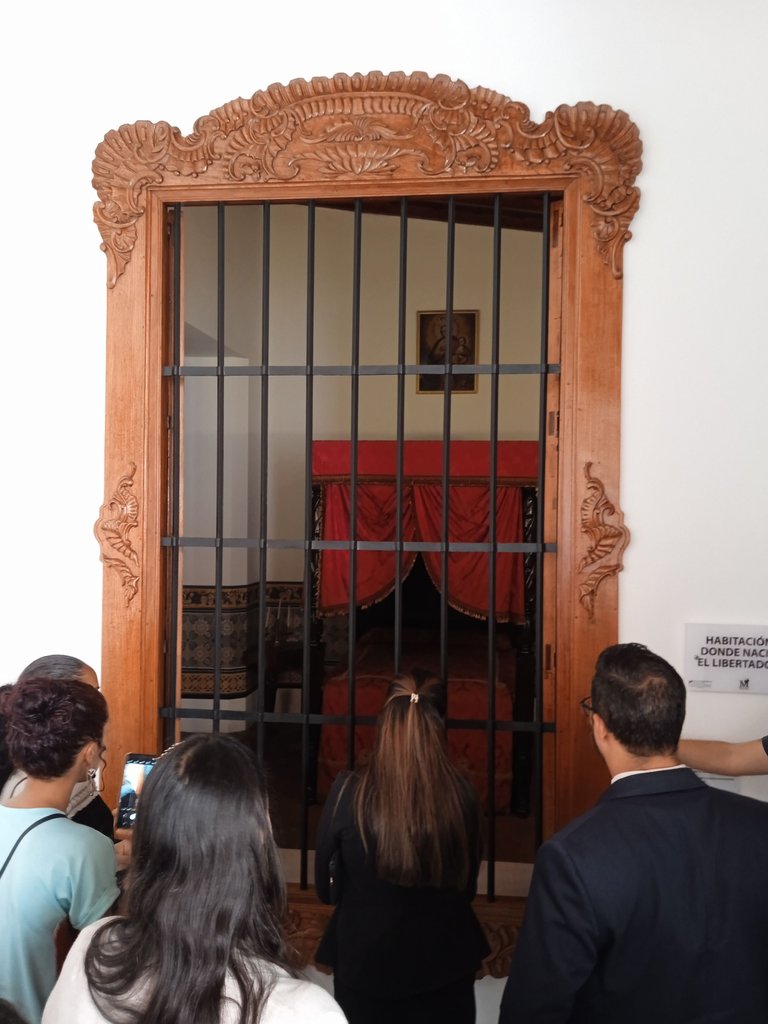
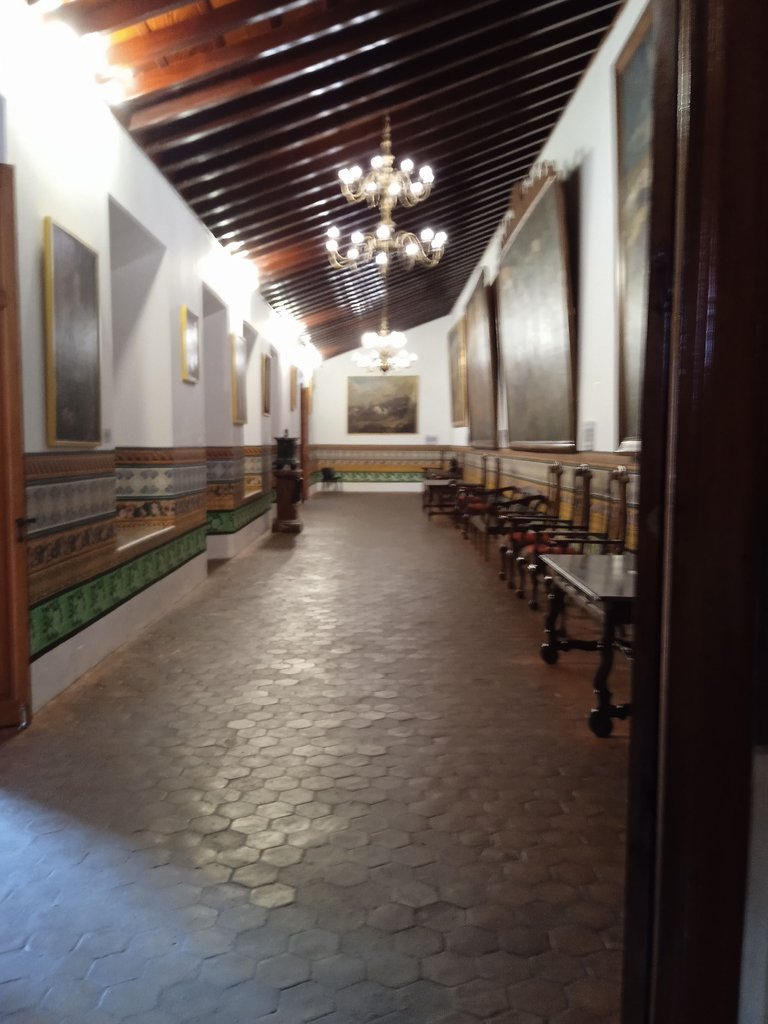
También en esta lugar de la casa esta la sala del comedor donde se puede apreciar una mesa de madera donde comían las persona de esa época y en el medio podemos ver un candelabro ya que en esa época no había electricidad.
Also in this part of the house is the dining room where you can see a wooden table where people of that time ate and in the middle, we can see a chandelier since there was no electricity at that time.
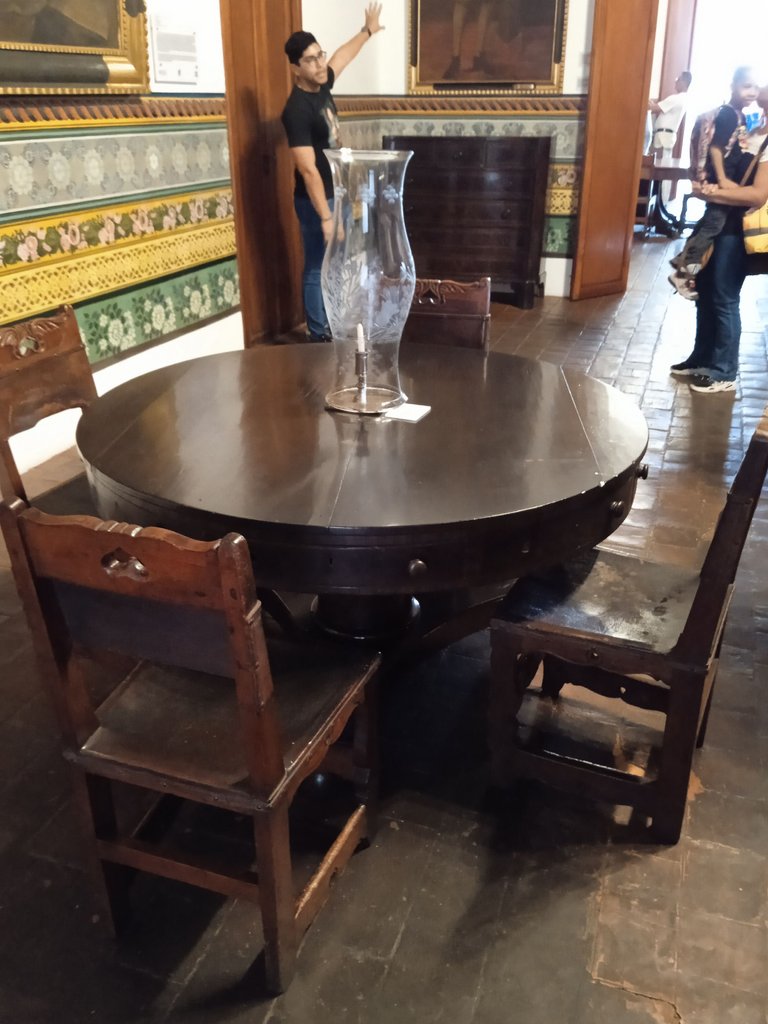
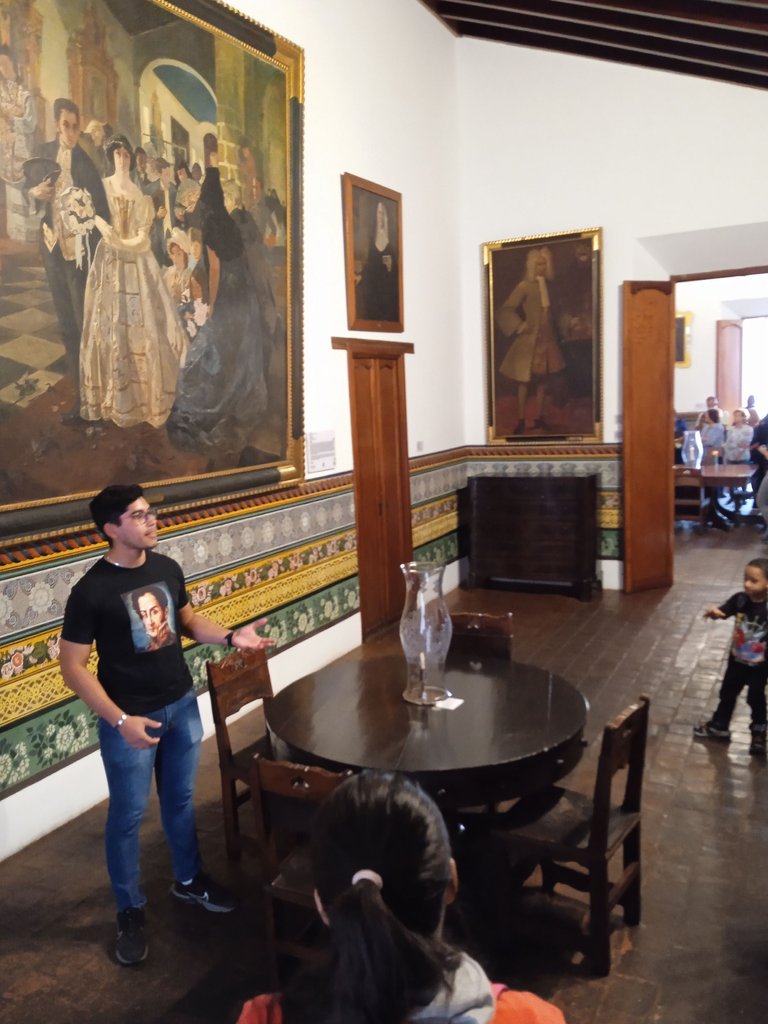

La parte de la casa donde estaba la cocina podemos ver que es amplia y es donde los sirvientes preparaban la comida con leños esta cocina es grande y amplia también podemos ver los utensilios que utilizaban es esa época.
We can see the part of the house where the kitchen was, it is spacious and it is where the servants prepared food with logs. This kitchen is large and spacious, we can also see the utensils they used at that time.
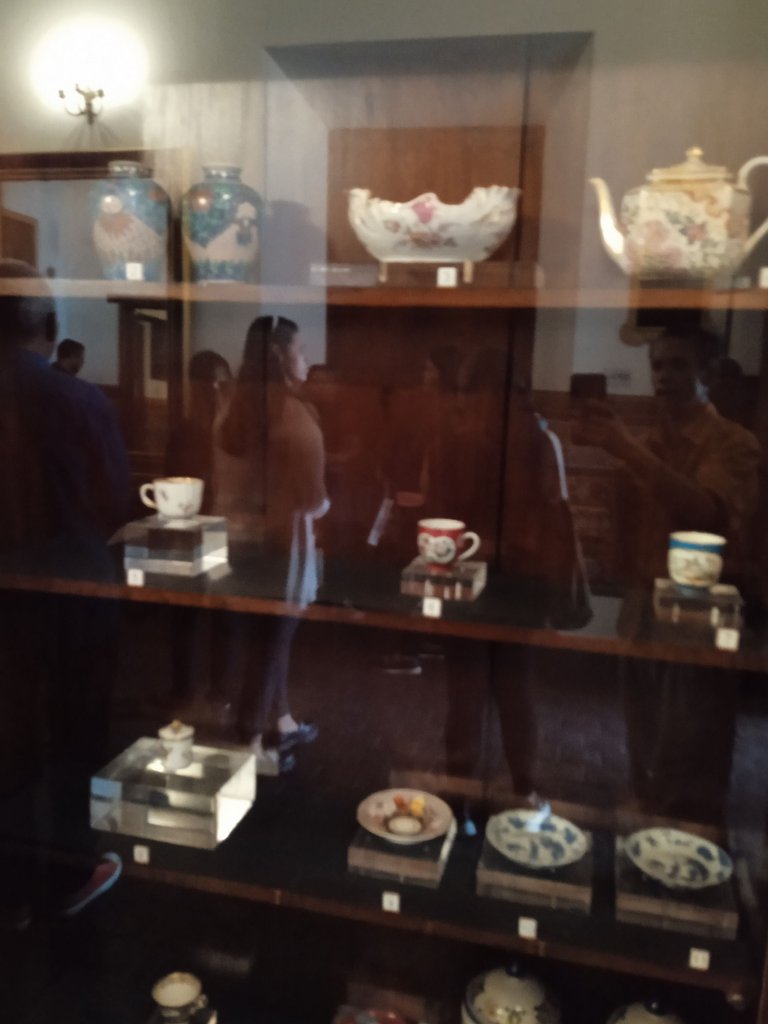
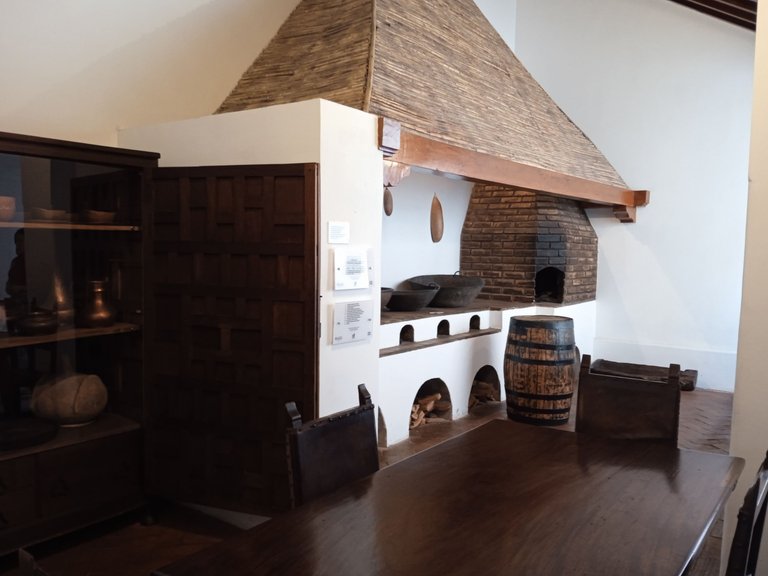
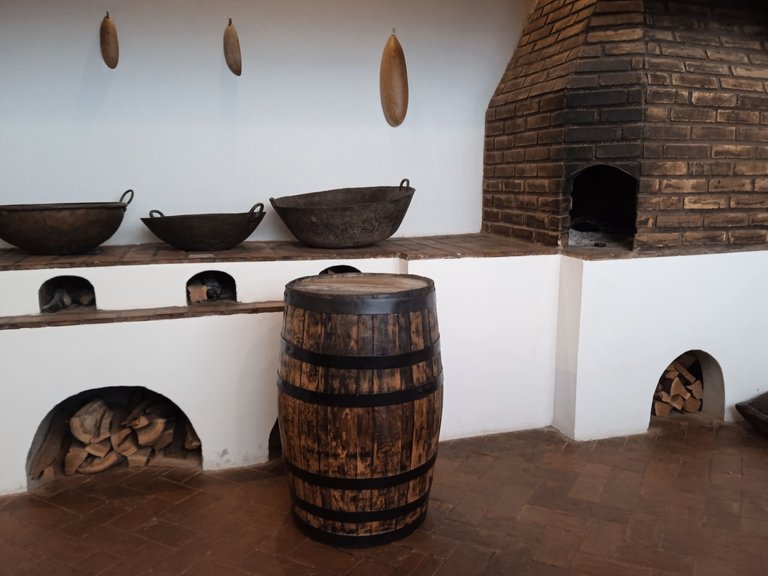
También podemos ver una bañera unifamiliar y una fuente de agua que se bombeaba con una palanca para extraerla decía la guía que en esa época se bañabas una ves a la semana ya que ellos pensaban que si se bañaban todos los días podrían enfermarse lo que es todo lo contrario. el agua venia de un rio ubicado en la montaña del el Avila de allí extraían el agua potable que que en esa época no había tuberías solo eran canales para traer el agua a la ciudad de Caracas.
We can also see a single-family bathtub and a water fountain that was pumped with a lever to extract it. The guide said that at that time you bathed once a week since they thought that if you bathed every day you could get sick, which is all. otherwise. The water came from a river located in the mountain of Avila, and from there they extracted drinking water. At that time there were no pipes, they were only canals to bring water to the city of Caracas.
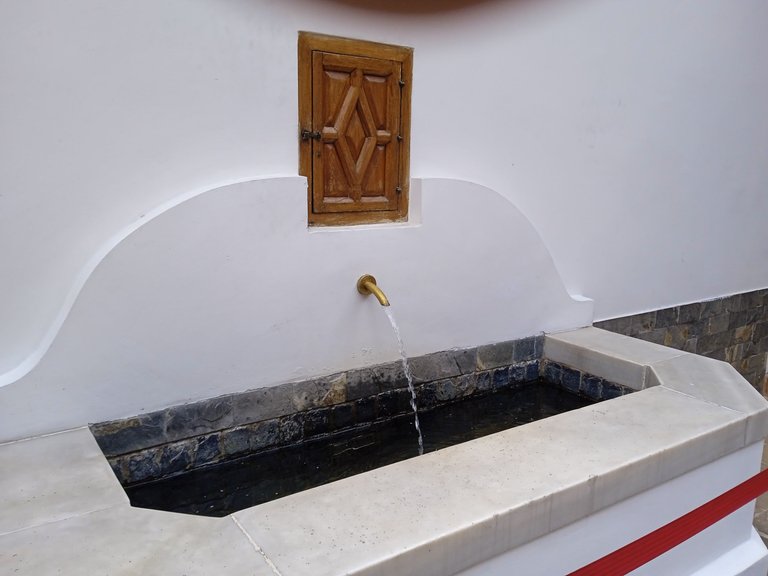
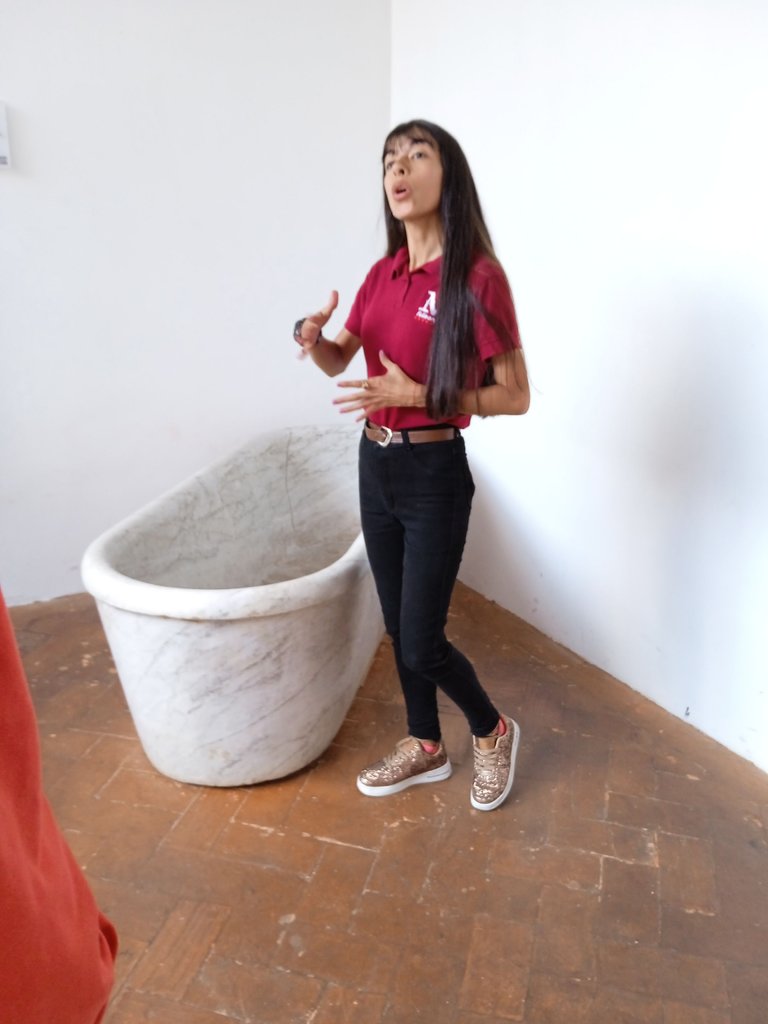
Otra area que pude ver de la casa fue la caballería que era donde Bolivar tenia a sus dos caballos una blanco y uno de color negro, el caballo blanco era que usada para comandar y salir a caminatas y desfiles distinguirse por su jerarquía y el negro era el que utilizaba en las batallas de infantería y por todos esa batallas ganadas es que hoy en día los 5 países como Venezuela, Bolivia, Peru Colombia y Ecuador son libres e independientes de España.
Another area that I could see of the house was the cavalry, which was where Bolivar had his two horses, one white and one black, the white horse was used to command and go on walks and parades to be distinguished by its hierarchy, and the black one was The one that was used in the infantry battles and by all those battles won is that today the 5 countries like Venezuela, Bolivia, Peru, Colombia, Ecuador are free and independent from Spain
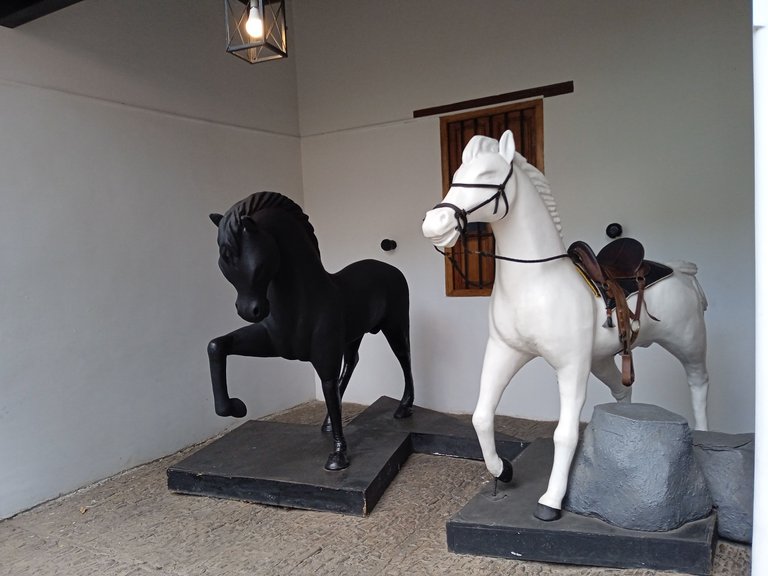
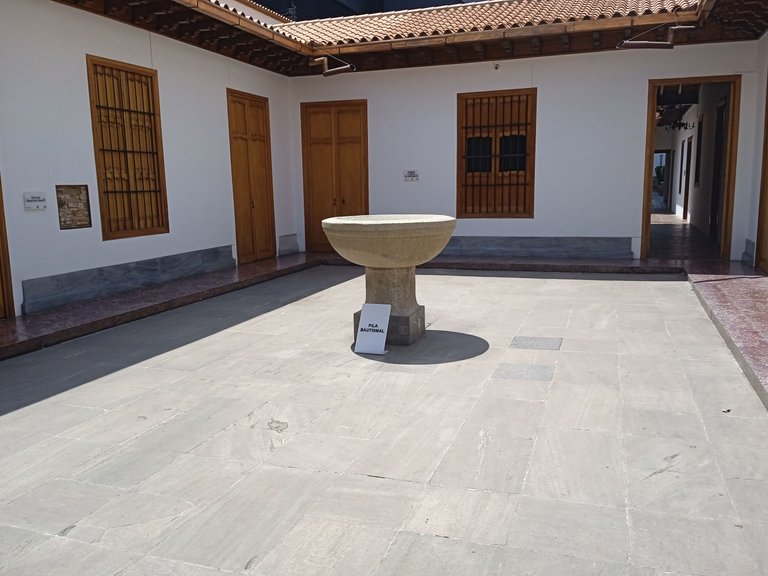
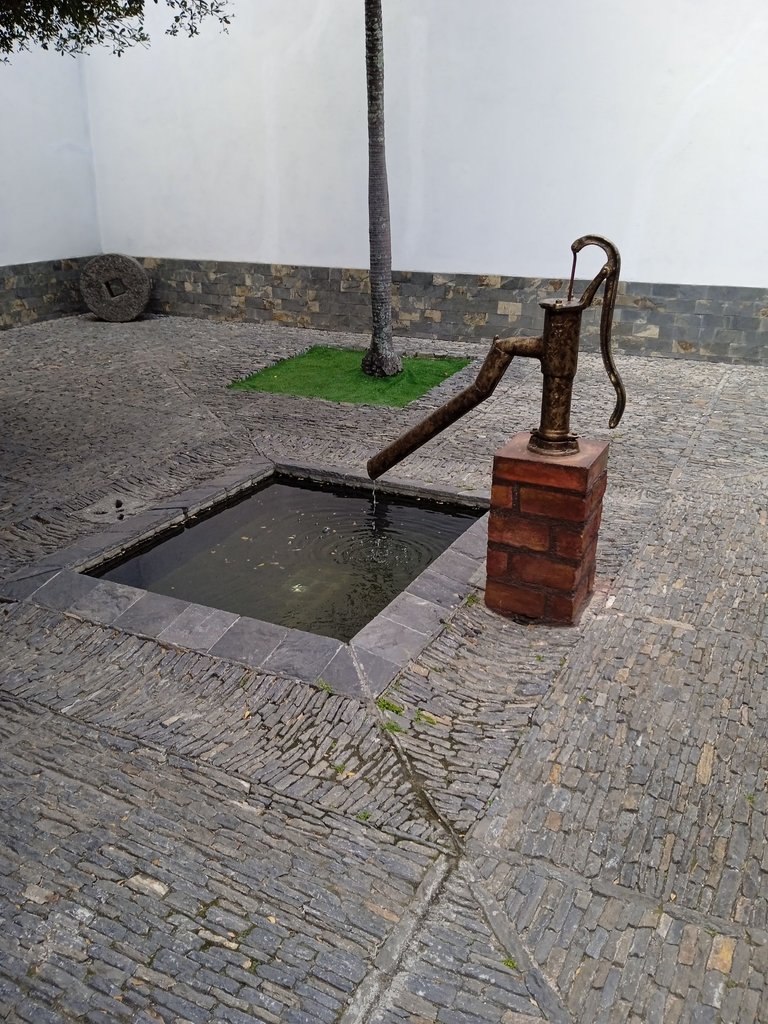
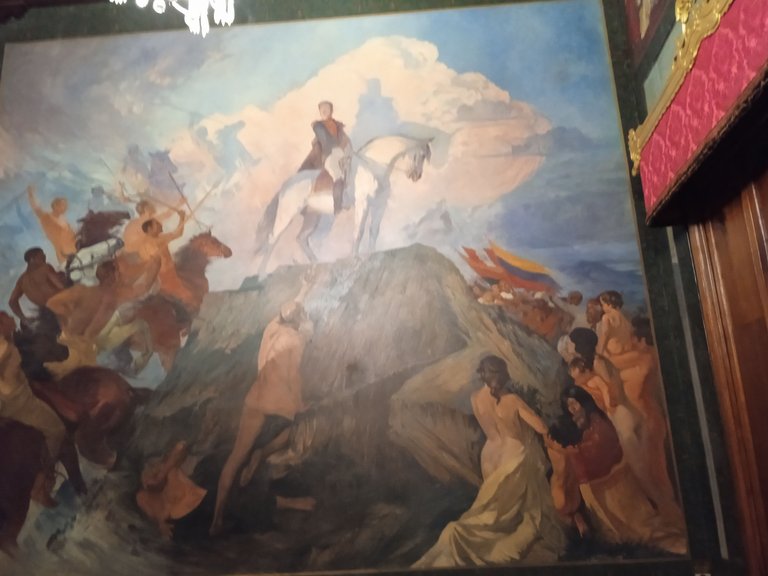
Bueno espero que les haya gustado el recorrido en esa Casa Museo para aprender mas de la historia de Venezuela y del continente Sur Americano.
Well, I hope you liked the tour of that House Museum to learn more about the history of Venezuela and the South American continent.
Hasta un Próximo post gracias por llegar hasta aquí y leer el post
Until the next post, thank you for coming here and reading the po
st.
Images taken from my Redmi 9A Phone
Editors: Photo-Scape
Historical trip is really interesting especially when the trip has personal guide to explain 😊
Well, I suggest you to do engagement by commenting other posts. Maybe you forgot about it :)
Congratulations @josephjcoin! You have completed the following achievement on the Hive blockchain And have been rewarded with New badge(s)
Your next target is to reach 2750 upvotes.
You can view your badges on your board and compare yourself to others in the Ranking
If you no longer want to receive notifications, reply to this comment with the word
STOPCheck out our last posts: